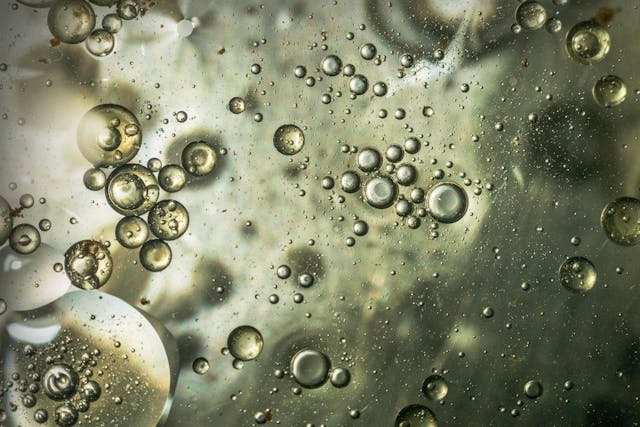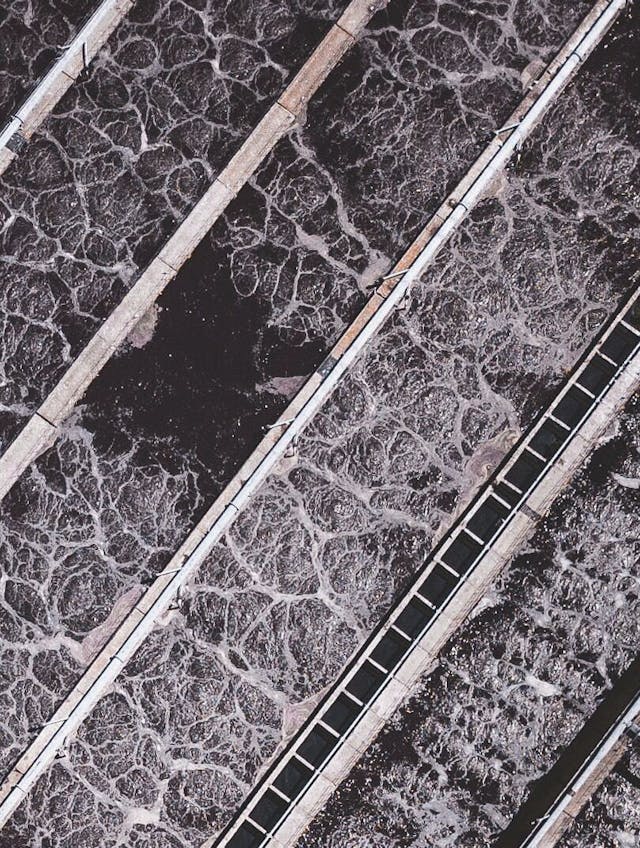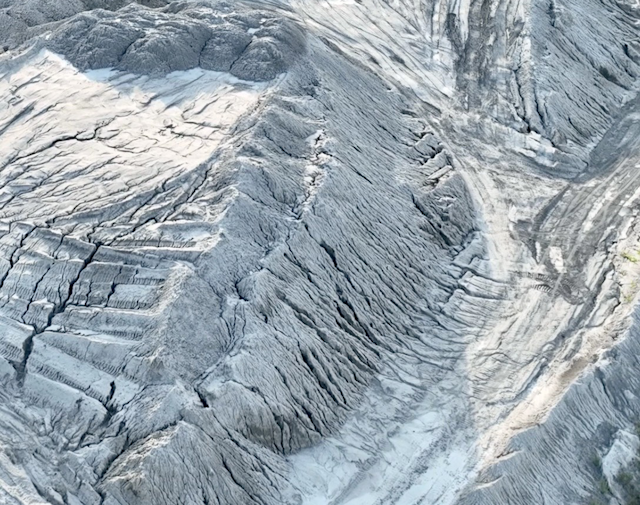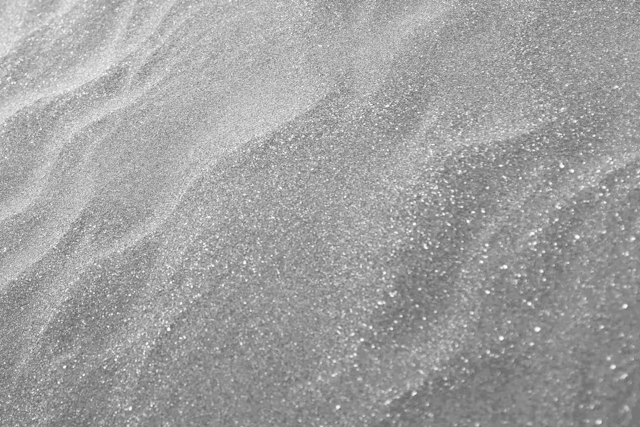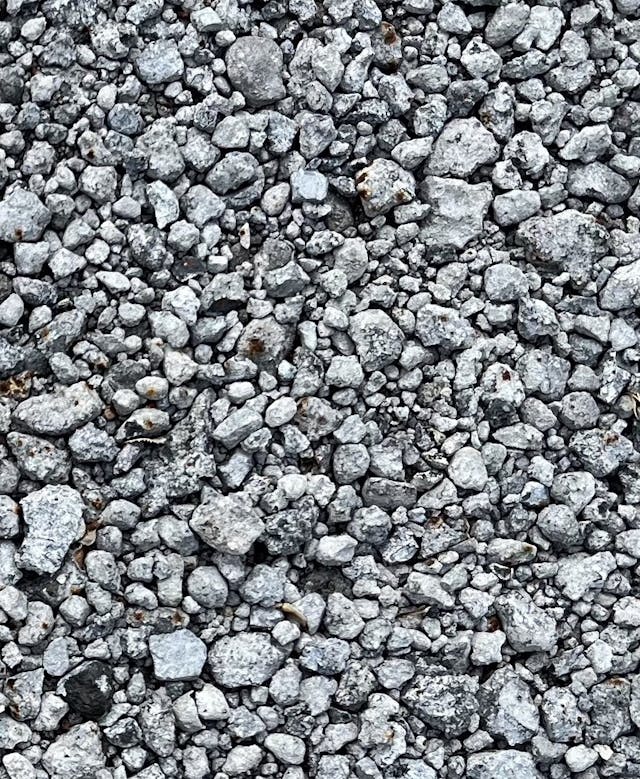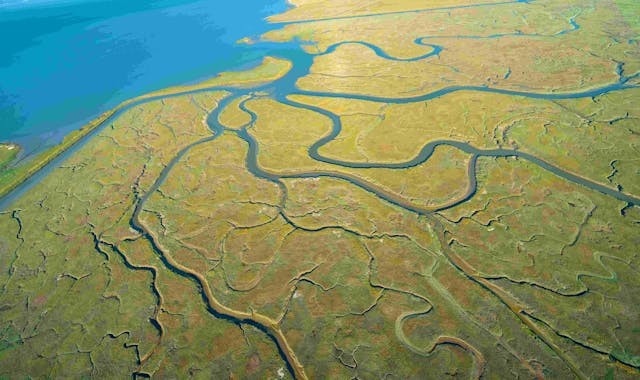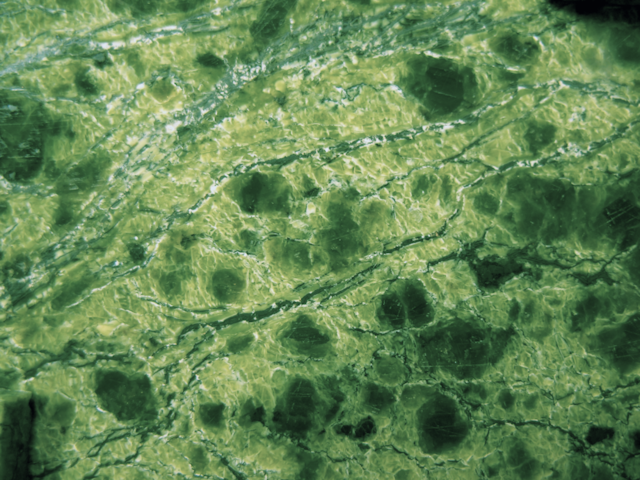pHathom captures CO₂ emissions from coastal bioenergy plants using a slurry of limestone, seawater, and biocatalysts inside a weathering reactor, forming a stable bicarbonate solution that can be safely discharged into the ocean. Their approach provides a critical storage solution for coastal projects across bioenergy with carbon capture and storage (BECCS), direct air capture (DAC), and industrial carbon capture and storage (CCS), enabling scalability where geologic injection is not feasible. Their biocatalyst could facilitate the wider use of limestone for other carbon removal approaches, including field weathering and inland water alkalinity enhancement.









